
Ding. Ding. Ding. People of a certain age may remember the sound of cranking the elevator on the Fisher-Price parking garage, or the way the stop sign at each floor lowered when the lift reached that level. This ingenious plastic contrivance raised cars up and down the three-level garage, tipping them out when they reached the floor. I still recall not only the auditory experience, but also the tactile hitch as the wheel turned a gear and the momentary stutter as it completed a rotation. For a little kid, there was something deeply satisfying about raising and lowering cars in this elevator.
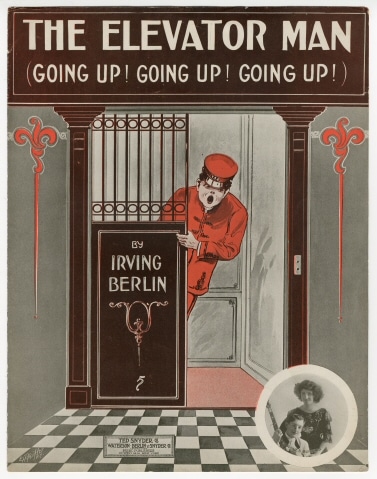
Elevators have been one of the great engineering accomplishments of the modern age. Since Otis introduced the safety elevator for people in 1857, the device has enabled builders to construct higher and higher buildings, in the process revolutionizing architecture and facilitating the growth of dense cities. It even became a commonplace reference in popular culture, including the 1912 song “Elevator Man” by Irving Berlin about Andy, a lift operator, who won the heart of his passenger Mandy, a cook in the building (alas, Andy couldn’t stay on the level after he started giving rides to a gal named Sal).
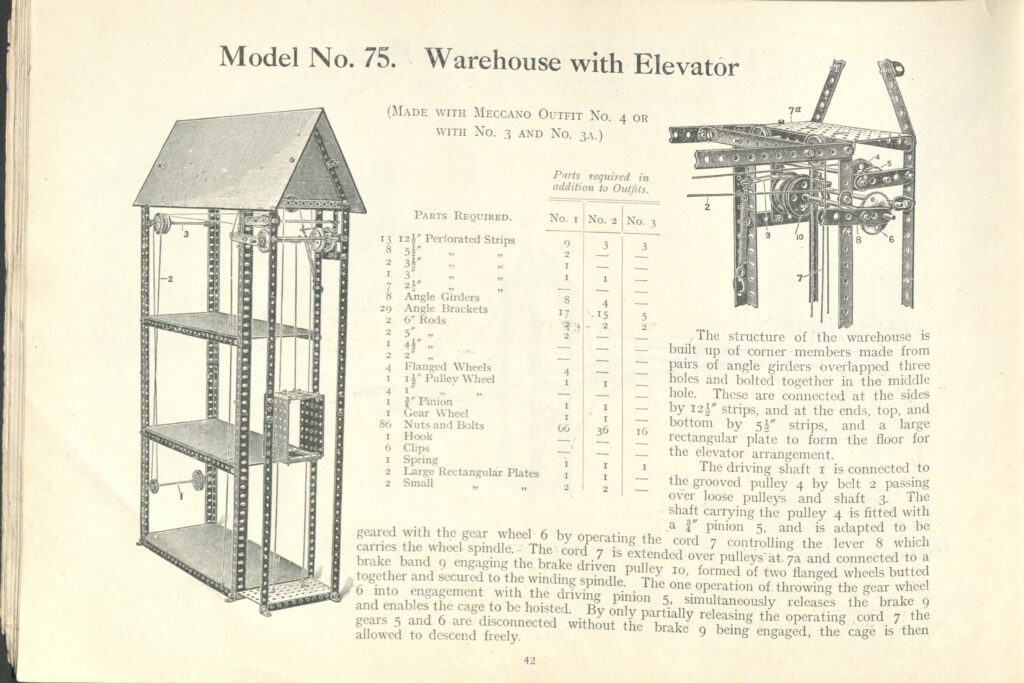
The design of the elevator itself has not changed radically—elevators are still largely mechanical contraptions, the product of pulleys, cables, winches, gears, and engines—and perhaps their simple elements explain why they have become so popular as toys. Our collection certainly holds plenty of examples. Early Meccano construction sets offered numerous opportunities for kids to make functioning, if miniature, elevators (Meccano toys were basically the European equivalent of the American Erector set, though they were invented earlier and tended to be more complex). Meccano’s 1915 guide for “How to Make Models and Toys with Meccano” includes plans for structures with elevators, including a “Warehouse with Elevator” that functioned in many ways like the real thing.
Construction toys are not the only ones that have included play elevators, for some doll houses have featured them as well. In The Strong’s collection is a magnificent dollhouse, made in Germany, from around 1900, simply titled “Elevator House” in our internal records because its most dramatic feature is a lift in the center that can bring guests up three stories.
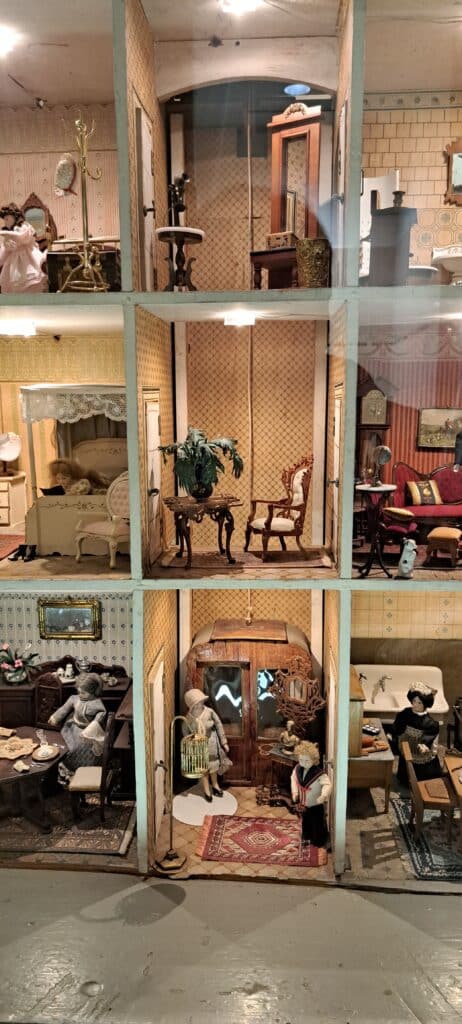
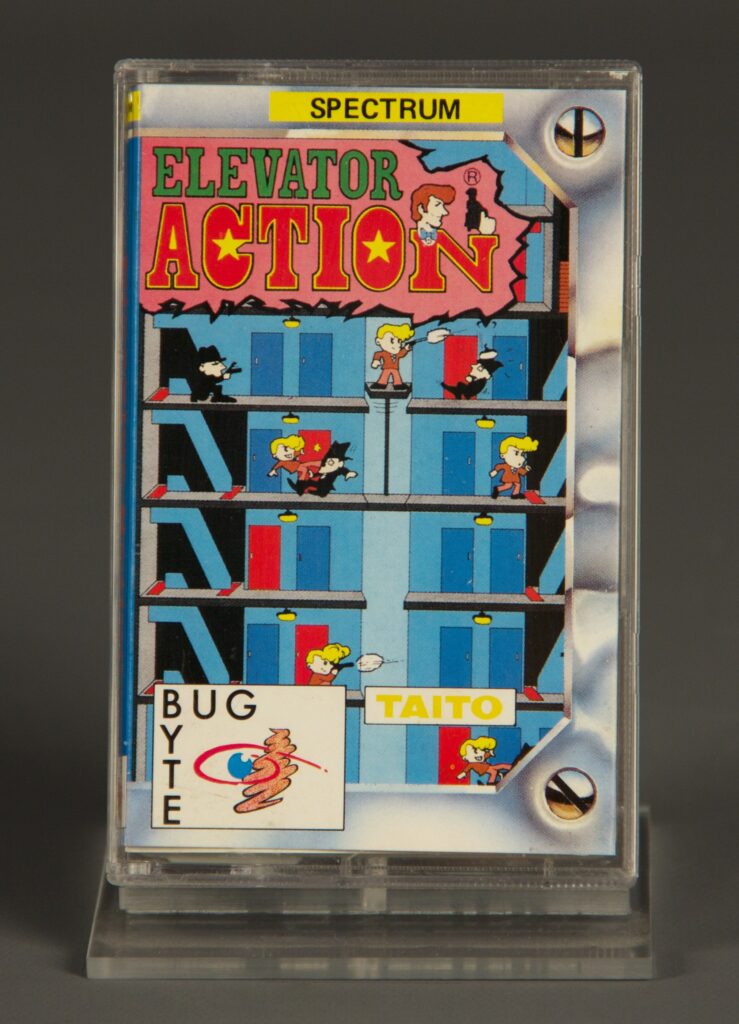
Perhaps the most well-known doll house to feature an elevator is Barbie’s Dream House. When first introduced in 1962, Barbie’s fabulous digs didn’t come with an elevator, but as her living quarters got larger and more elaborate one was added in 1974, when Barbie moved into a townhouse. Of course, sometimes the elevator needed adapting. Barbie’s friend Share a Smile Becky, introduced in 1996, used a wheelchair that wouldn’t fit into the elevator in the existing Barbie Dream House, a problem Mattel later corrected.
Elevators are not the exclusive property of pretend play sets, for they are also a common feature in video games. In the arcade classic Donkey Kong (1982), they were a physical challenge—can you jump on the moving elevator without falling? The next year, Taito’s Elevator Action challenged players to assume the role of a spy using stairs and elevators to outmaneuver the guards.
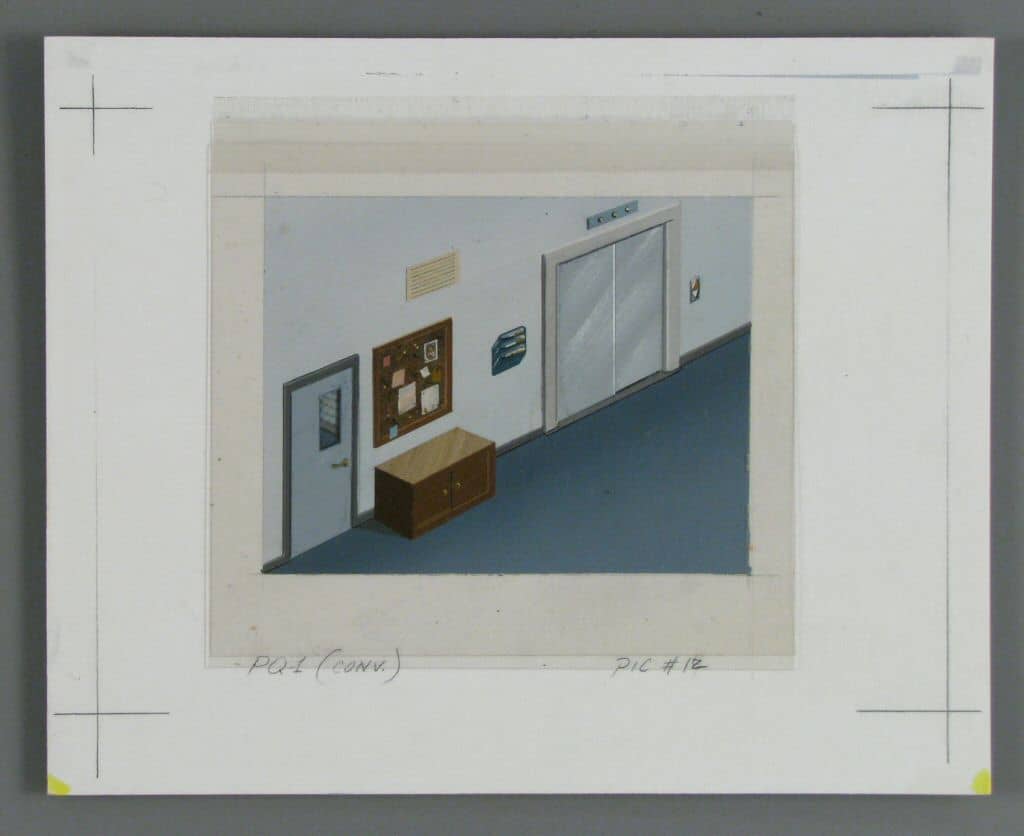
In most video games, however, elevators are used mostly as scene shifters. When you get on the elevator you leave one room and enter someplace completely different, allowing for an easy change of setting. The early procedurally generated dungeon crawler Telengard (1982), for example, used elevators to move players up, unexpectedly, to higher levels. In graphical adventures like Sierra’s Police Quest or the puzzle game Myst, elevators allowed easy scene swaps. The surprise that always ensues when the door opens adds to the fun. In some games like Mass Effect (2007), elevator rides had the primary purpose of disguising the amount of time it was taking the game to load.
Given their ubiquity in everyday life, the power they bestow to move us up and down, and the surprise they produce when the door opens, it’s likely elevators will continue to be a common element of many playthings. And why not? They are fun little devices that can give us a lift when we play with them.


